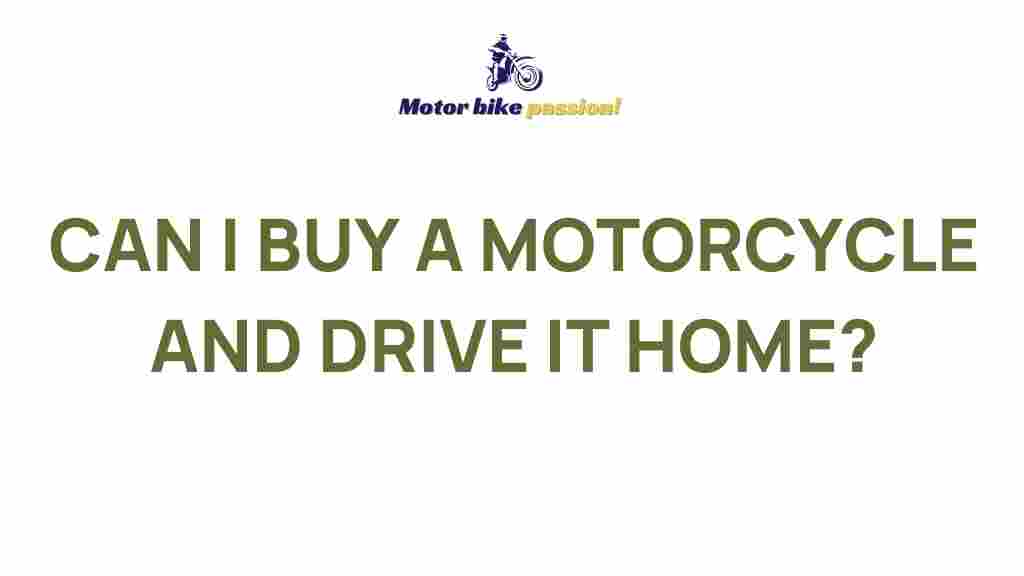Tips for Buying and Riding a Motorcycle
Riding a motorcycle is more than just transportation; it’s a thrilling experience that offers freedom and a connection to the road. Whether you’re a seasoned rider or a newcomer, buying and riding a motorcycle requires careful consideration and preparation. In this guide, we’ll take you through the process of purchasing your dream bike and mastering the art of riding it safely.
Why Choose a Motorcycle?
Motorcycles are not just practical and fuel-efficient; they also bring an unmatched sense of adventure. With fewer parking woes, better maneuverability, and a sense of community among riders, owning a motorcycle opens up a world of possibilities. But to fully enjoy this lifestyle, you need the right bike and the skills to handle it.
Steps to Buying the Right Motorcycle
1. Define Your Needs
Think about your primary purpose for owning a motorcycle. Is it for commuting, touring, off-road adventures, or racing? Different motorcycles cater to different needs:
- Sport Bikes: High performance and speed for adrenaline seekers.
- Cruisers: Comfortable for long rides and laid-back cruising.
- Touring Bikes: Equipped with storage and comfort for long-distance travel.
- Dual-Sport/Adventure Bikes: Versatile for both on-road and off-road exploration.
2. Set Your Budget
Determine how much you’re willing to spend, including the cost of the motorcycle, gear, insurance, and maintenance. Consider both new and used bikes based on your budget. Remember, while used bikes are cheaper, they may require more upkeep.
3. Research Models
Once you know your needs and budget, research models that fit your criteria. Look for reviews, test ride videos, and forums. For example, check resources like Motorcycle.com for expert insights and comparisons.
4. Take a Test Ride
A test ride is crucial to understand how the motorcycle feels. Pay attention to the seating position, handling, and overall comfort. Does it suit your riding style? If not, keep exploring.
5. Inspect the Motorcycle
If you’re buying a used motorcycle, inspect it thoroughly. Look for signs of wear, rust, or damage. Ensure the tires, brakes, and lights are in good condition. Don’t hesitate to ask for maintenance records or consult a trusted mechanic.
Mastering Motorcycle Riding
1. Invest in Quality Gear
Safety should be your top priority. Equip yourself with the following:
- Helmet: Choose a DOT-certified or ECE-rated helmet.
- Jacket and Pants: Look for abrasion-resistant materials like leather or textile.
- Gloves: Ensure a secure grip and hand protection.
- Boots: Opt for sturdy, ankle-protecting footwear.
2. Enroll in a Riding Course
Whether you’re a beginner or brushing up on skills, taking a certified motorcycle safety course is invaluable. Learn basic handling, road rules, and emergency maneuvers in a controlled environment.
3. Start Small
If you’re new to riding, start with a smaller engine motorcycle, such as a 250cc or 300cc. These bikes are lighter, easier to handle, and perfect for building confidence.
4. Practice Regularly
Practice in safe, open spaces before hitting busy roads. Focus on essential skills like clutch control, braking, cornering, and slow-speed maneuvering. Consistent practice hones your instincts and reflexes.
5. Ride Defensively
Always anticipate the actions of other drivers. Keep a safe distance, use your mirrors, and make yourself visible with bright clothing or lights. Never assume other drivers see you.
Maintenance Tips for Your Motorcycle
Regular maintenance ensures your motorcycle remains safe and performs optimally. Follow these tips:
- Check Tires: Inspect tire pressure and tread wear frequently.
- Oil Changes: Follow the manufacturer’s guidelines for oil changes.
- Brake Inspection: Ensure your brakes respond effectively.
- Chain Maintenance: Clean, lubricate, and adjust the chain as needed.
- Battery Care: Check battery connections and charge levels.
For a detailed maintenance checklist, visit our Motorcycle Maintenance Guide.
Troubleshooting Common Issues
1. Hard Starting
If your motorcycle struggles to start, check the battery, spark plugs, and fuel system. Ensure the fuel is fresh and the tank isn’t clogged.
2. Unusual Noises
Strange noises might indicate engine, chain, or brake issues. Address these promptly to prevent further damage.
3. Overheating
An overheating engine could signal cooling system problems. Check the coolant level and radiator for blockages.
Conclusion
Owning and riding a motorcycle is a fulfilling experience that combines practicality, excitement, and freedom. By carefully selecting the right bike, investing in proper gear, and adhering to safety practices, you can enjoy the thrill of the open road. Don’t forget that regular maintenance and ongoing learning are keys to a long, enjoyable motorcycle journey. Start your adventure today and join the vibrant community of riders!
This article is in the category Basic Guides and created by MotorBikePassion Team
